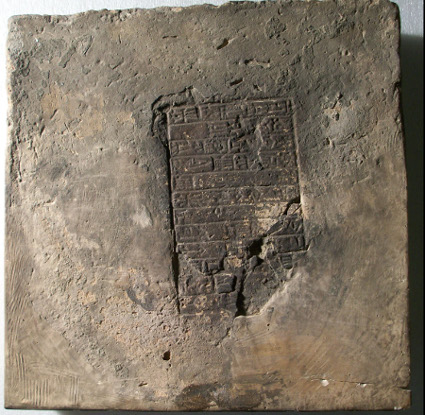You are seeing an unstyled version of this site. If this is because you are using an older web browser, we recommend that you upgrade to a modern, standards-compliant browser such as FireFox [http://www.getfirefox.com/], which is available free of charge for Windows, Mac and Linux.

Exactly how the Second Dynasty of Isin gained power and succeeded the Kassite Dynasty in Babylonia is not clear since there is no contemporary or later information about this dynastic transition. The dynasty founded by Marduk-kabit-aḫḫēšu, a man about whom we know nothing apart from the length of his reign, according to King List A [http://oracc.museum.upenn.edu/ribo/kinglists/kinglista/index.html], lasted one hundred and thirty-two years and six months (1157-1026 BC) and comprises eleven kings; not all of the rulers of this "Isin" Dynasty were related to one another. Forty official inscriptions from this period written in Akkadian and/or Sumerian, preserved on sixty-three different objects (including bronze daggers), are known today. This website presents these royal compositions of the kings of Babylon who ruled southern Iraq from 1157 BC to 1026 BC, together with a few resources and materials for their study and their historical context.
RIBo, a sub-project of the Official Inscriptions of the Middle East in Antiquity (OIMEA) Project, publishes in a single place easily accessible and annotated (lemmatized) editions of Akkadian and Sumerian royal inscriptions from Babylonia that were composed between 1157 BC and 64 BC. The corpus of edited texts in this RIBo sub-project ("Babylon2") presently includes:
